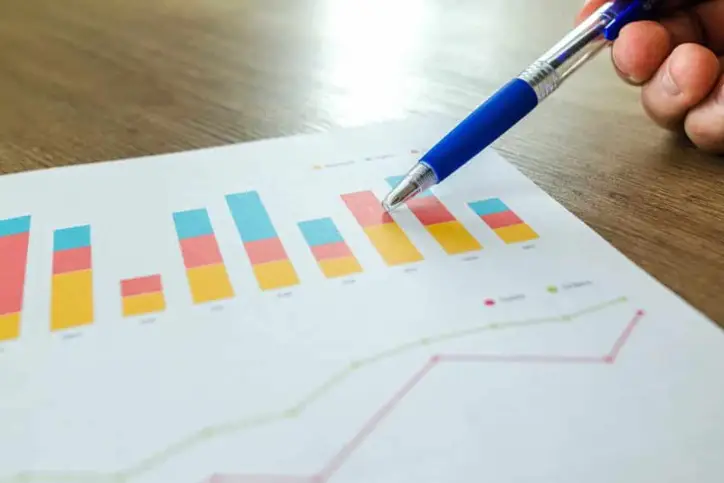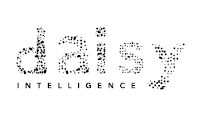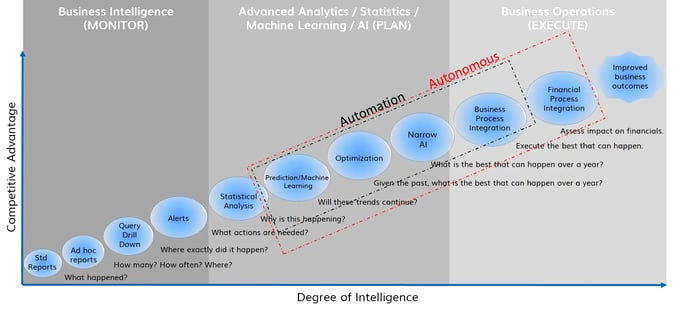
AI vs Predictive Analytics in Retail
 Daisy Intelligence
Daisy Intelligence
Last year, Daisy CEO, Gary Saarenvirta, contributed an article titled “Comparison of Traditional Predictive Analytics Tools Versus Artificial Intelligence-Based Solutions” to the Platt Retail Institute’s Journal of Retail Analytics, which published it in Q2 2017’s issue.
In this day and age of radical disruption and revolutionary changes in retail, predictive analytics models are not really up to the task of looking at a retailers’ data holistically and supporting profitable decision making.
A predictive analytics tool can look at a specific set of defined data inputs and a single-purpose model, and support some kind of decision. It may lead to higher sales of a product or increased lift on a promotional effort, but quite often actually fails at making recommendations and supporting decisions that drive store-wide profits.
This is because the models aren’t designed to look at the various ‘ripple’ effects such as cross-category cannibalization and forward-buying that occur across the entire retailer’s product assortment anytime a decision is made in the areas of pricing, promotions, and inventory forecasting. They simply do not have the capability to process that much data.
The software that powers what we know as “traditional” predictive analytics and as, one would expect, the computing capability is tied to (and limited by) of technology from 25, 30 years ago.
Now, consider AI-based technologies when it comes to retail analytics.
The AI approach is based on processing all the available data and interrelationships between every single product, simulating every single decision around pricing, promotions and inventory forecasting.
AI also takes into account any aspects of merchandise planning, i.e., decisions around what products to promote on any marketing channel, what prices to charge, how much inventory to allocate, the optimal assortment, the optimal space plan, etc.
NVIDIA, the fast-growing tech company that provides the hardware that enables AI, issued a presentation titled “How AI is Accelerating the Retail Transformation”, “the volume of data emerging from point of sale, in-store engagement, mobile platforms, and social media is unlocking value from technology beyond traditional expectations.”
By replacing traditional predictive analytics, AI is already starting to make a significant impact in every area of retail, from giant global corporations to the small niche and regional chains.
Learn about Reinforcement Learning in AI and it helps businesses make optimal decisions.
Key differences between predictive analytics and AI
| Traditional Predictive Analytics | Artificial Intelligence (AI) |
| Based on tech that's several decades old | Is undisputed future of technology |
| Automated tool to gain insights approach | Autonomous in that AI produces decisions |
| Utilized only historical data points to learn only at the pace of time | Runs simulations to create all future possible data points to learn faster than the pace of time |
| An entrenched base of costly legacy users | A catalyst for industry-wide disruption |
| Costly hardware, software licenses, and/or consultation business model | SaaS delivery - leverages decreasing cost and increasing the capacity of computing |
| Often created to perform a specific task(s) - no ability to examine the effects across the entire retailer’s “ecosystem” in the immediate here and now only | Looks at relationships between promotions and products and their net effect on sales across the total assortment over the long term |
| Constrained/governed by strict, static models - looking at subsets of data in predefined models. Does not factor in ripple effects | Able to holistically examine very large, rapidly changing data sets across a large set of variables. Measures all ripple effects |
| Likely may utilize machine learning in that it adjusts based on new limited data sets based only on the historical information available | Can self-adjust without human intervention and change underlying algorithms based on vast new simulated data inputs to find the optimal outcome |
The world of data management and analysis has evolved over time from Business Intelligence to Advanced Analytics to now the emergence of Autonomous Artificial Intelligence. It’s important to identify where your organization is at, where it is going and when it will get there - are you a leader, keeping pace or running the risk of being left behind?

Look out for our next article “Cutting Through the Marketing Hype: How to evaluate if an AI solution is really AI”. You can also check out a user-friendly blog post on the difference between AI and predictive analytics featuring two grocery clerks, John and Daisy.




